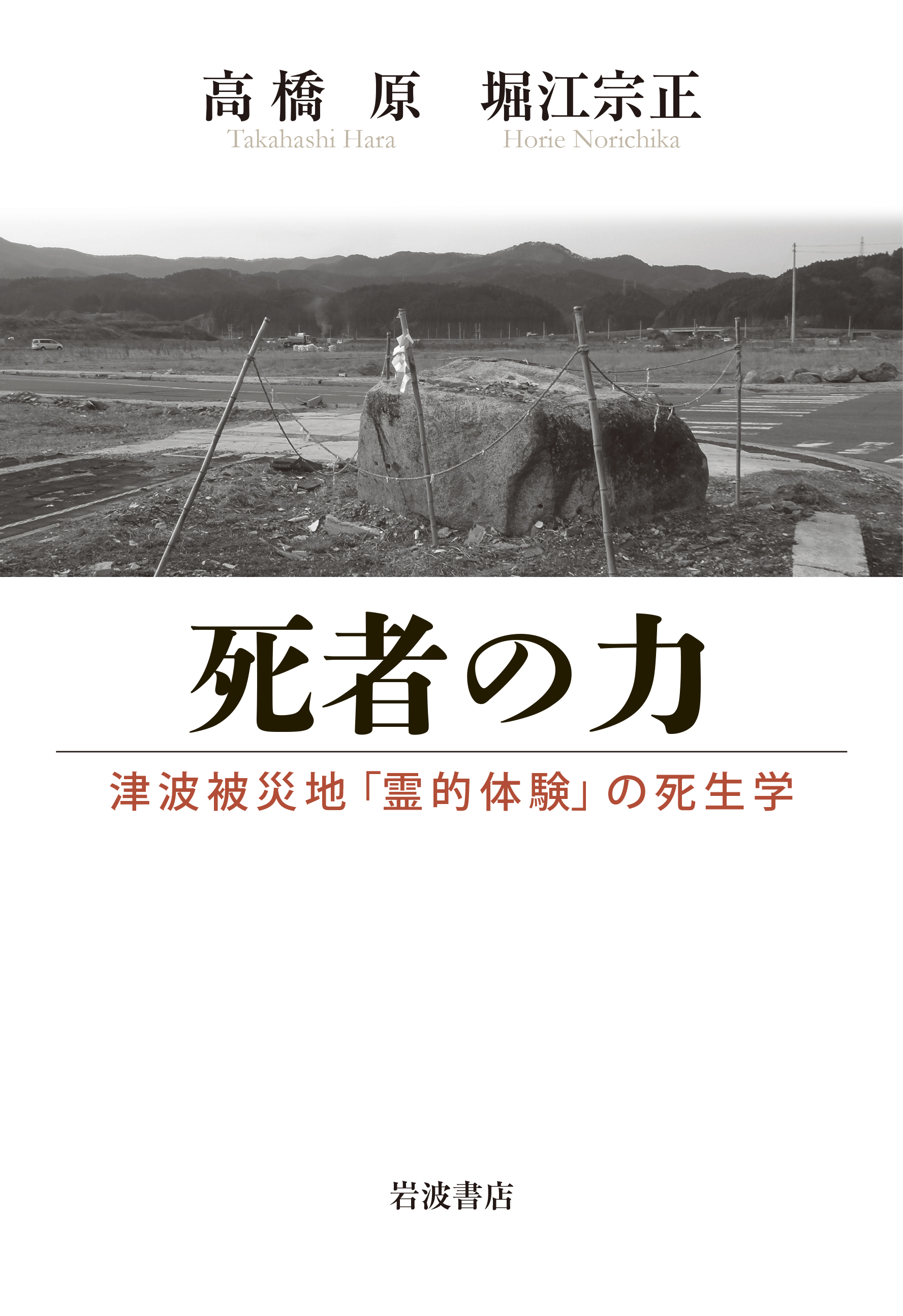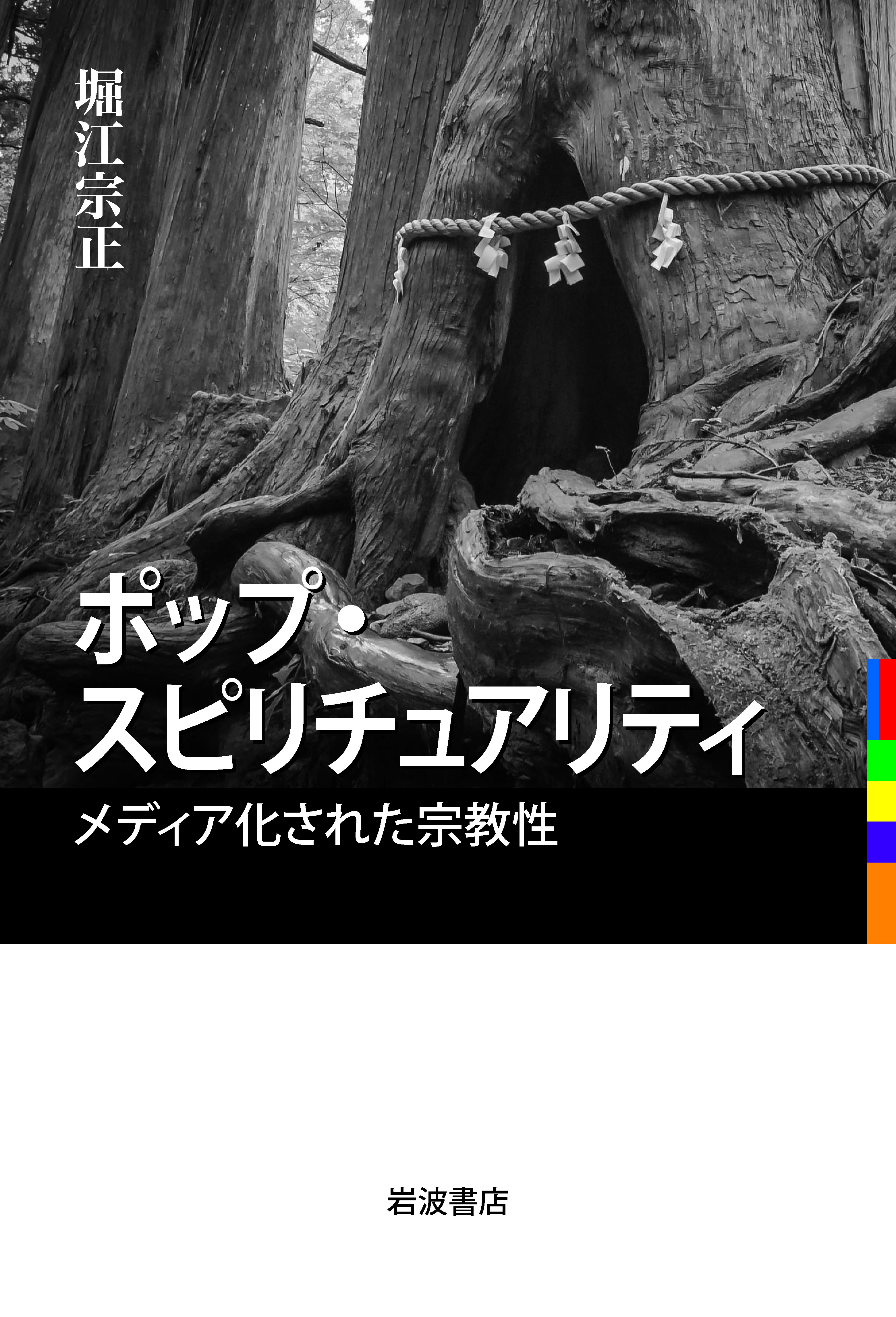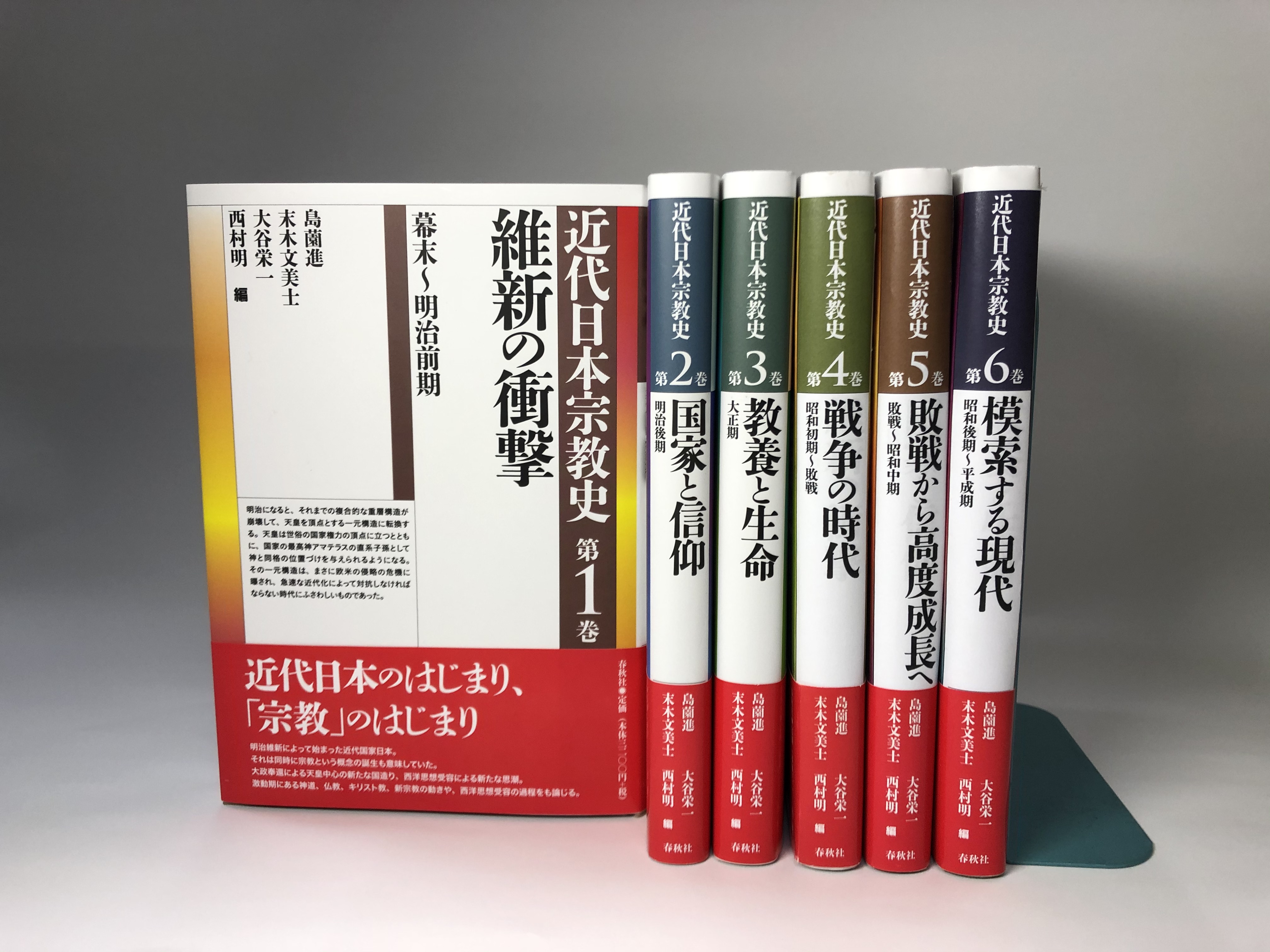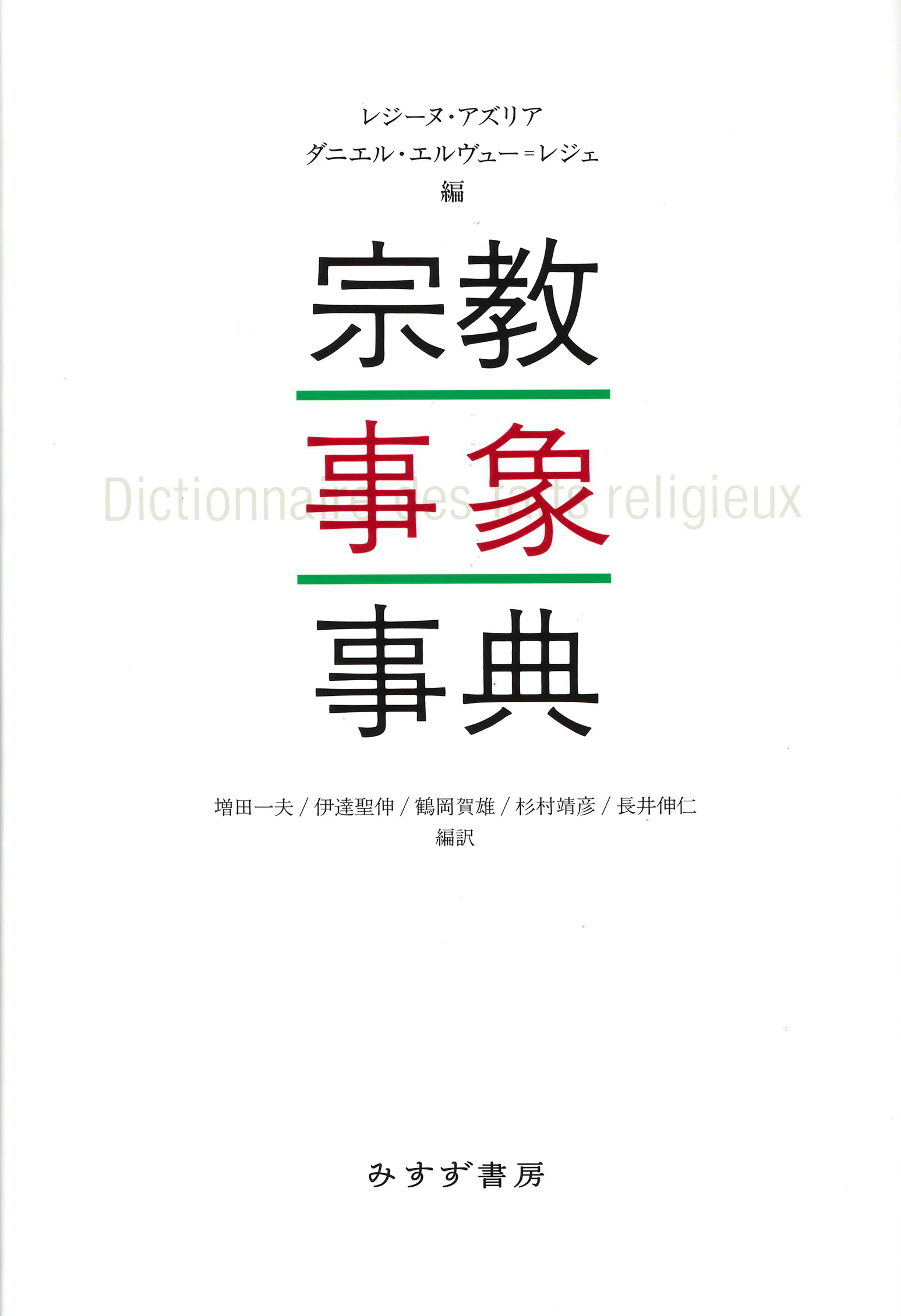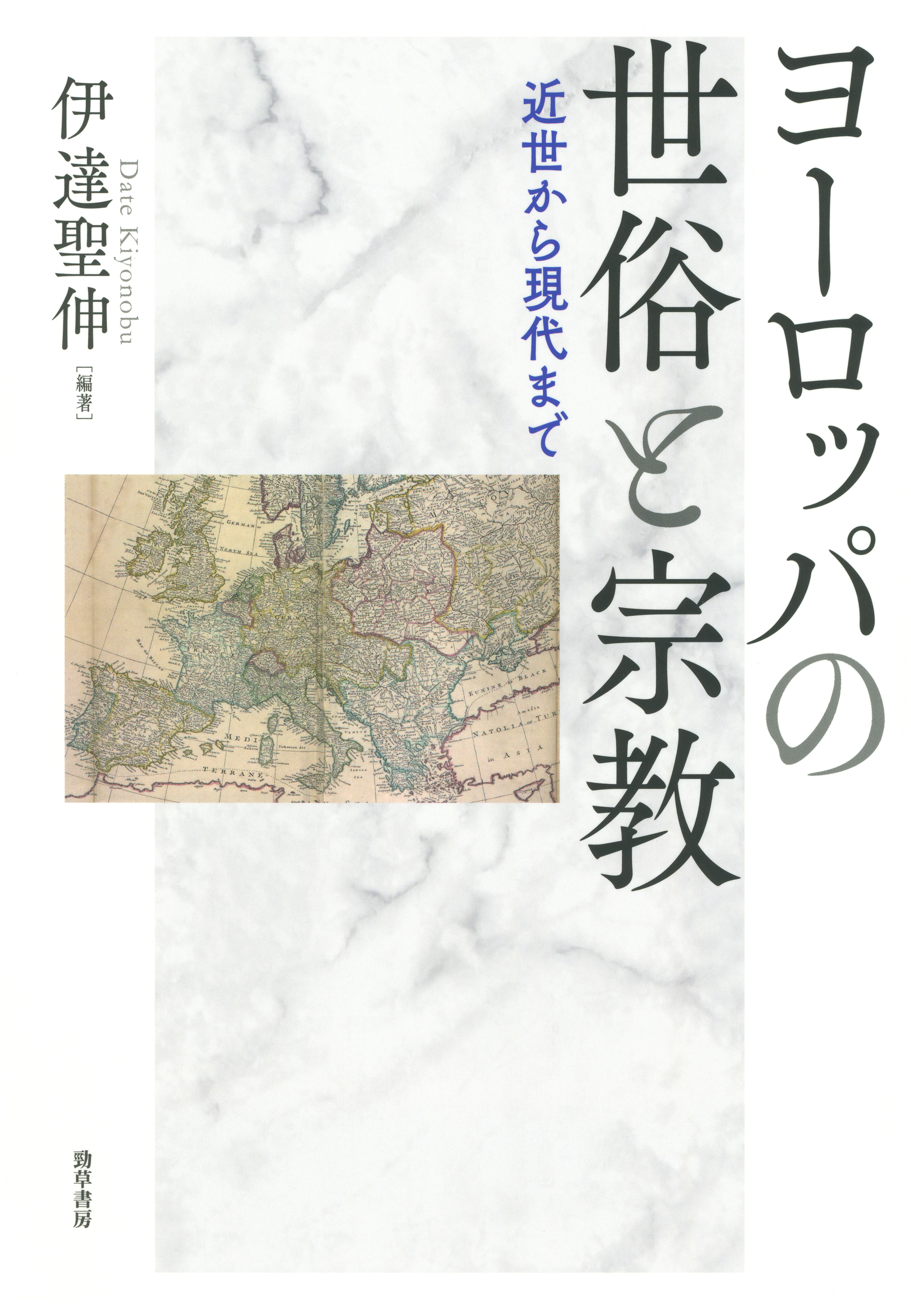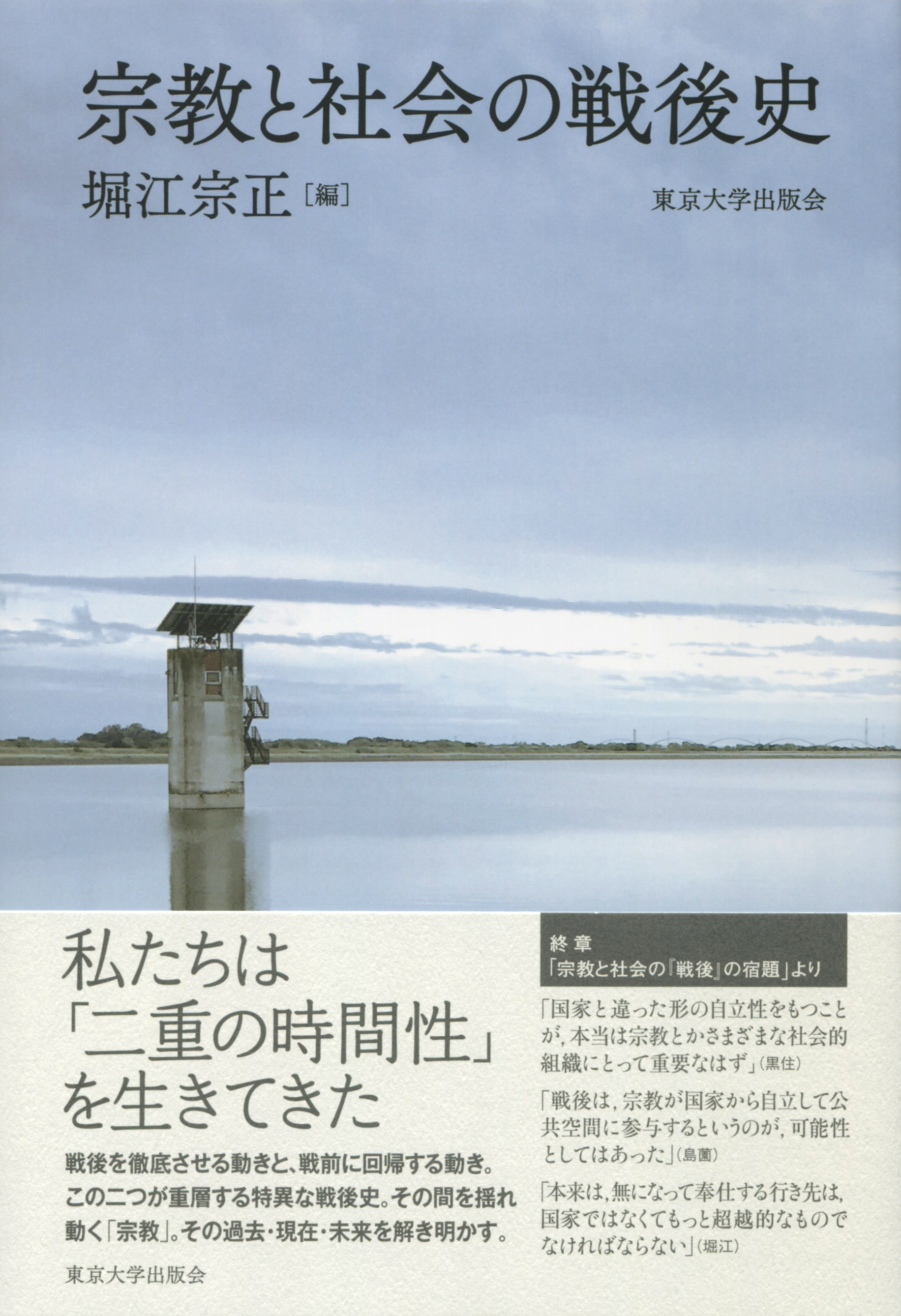
Title
Shūkyō to Shakai no Sengo-shi (Religion and society in postwar Japan)
Size
404 pages, 127x188mm
Language
Japanese
Released
April 19, 2019
ISBN
978-4-13-010412-8
Published by
University of Tokyo Press
Book Info
See Book Availability at Library
Japanese Page
This book details the relationship between religion and society in postwar Japan. Its chapters are written by scholars of religious studies, the sociology of religion, and the history of religion in Japan, who discuss this topic from various viewpoints. The foundation of this lies in a panel discussion at the Conference of the Japanese Association for the Study of Religion and Society, held at the University of Tokyo. As this panel discussion was arranged by the host university, I requested presentations from researchers affiliated with the University of Tokyo, with the aim of giving it some University of Tokyo “color.” The positive response to the panel discussion was fueled by the fact that the conference was being held during the 70th year of postwar Japan. With the aim of creating a more systematic book based on this, I determined the domains that should be covered and requested specialists to write the chapters anew. As the editor, I asked the authors to describe historical turning points in the areas they covered, enabling readers to understand postwar history in terms of different developmental stages. Other than that, I requested the authors to write freely. While editing the papers, I observed that many of the authors shared common assertions, implying that the two aspects being studied worked in an overlapping fashion throughout postwar history: temporality seeking renewal of the postwar period and temporality aiming to return to pre-war times.
The term “temporality” has philosophical connotations. Here, it refers to a mode of being that sets one’s desirable image of society as a goal, interprets any events as leading to the goal in course of time or intervenes in those events so that they can lead to the goal actually, and lives in a way that seems to anticipate the desired society’s arrival. The larger the number of political independents (i.e., people without loyalty to party affiliations), the more difficult it becomes to see that temporality. Conversely, the more the number of independents, the greater the effects of this latent dual temporality.
The struggle between the two aspects of dual temporality is most easily seen in the religious domain. In my Introduction, I show some of the turning points that will help understand the book. Such points include the difference in perception between “losing the war” (haisen) and “ending the war” (shūsen); the reverse course that aims at the remilitarization of Japan; the symbolic revival of State Shintoism with legalization of holidays, Imperial era names, the national flag, and the national anthem; the transition of the center of State Shintoism from the Emperor to conservative politicians after the enshrinement of Class-A war criminals at Yasukuni Shrine; situating religious groups as an anti-Communist force during the Cold War; the change in attitudes in postwar religious groups’ (kyodan) pacifism; the rise of an intolerant discourse after the Cold War, which insists Japanese religion is tolerant whereas monotheistic religions are belligerent; the intense attacks by the Liberal Democratic Party (LDP) on the Komeito Party in the aftermath of the Aum Shinrikyo incidents, followed by the Komeito joining the LDP in a coalition government; and the fact that religion has become submissive to politics, while opposition factions have become visible, along with the deepening of divisions, and so on.
This book comprises sections on theory, history, and religion. The final chapter is the record of a roundtable discussion I had with two other people. This discussion not only enabled us to look back but also turned our attention toward the future. As we respond to the social issues that will soon face Japan (environmental problems, our relationships with Asia, our relationships with foreigners, etc.), it will be necessary to pursue a kind of spirituality that has a public nature and looks beyond national commonwealth interests.
A detailed chronology is found at the back of the book. Carefully reading and contemplating this chronology will help the reader understand how this “dual temporality” has defined Japan’s postwar history. It can also serve as an aid to understanding this era.
(Written by HORIE Norichika, Professor, Graduate School of Humanities and Sociology / 2020)



 Find a book
Find a book


 eBook
eBook